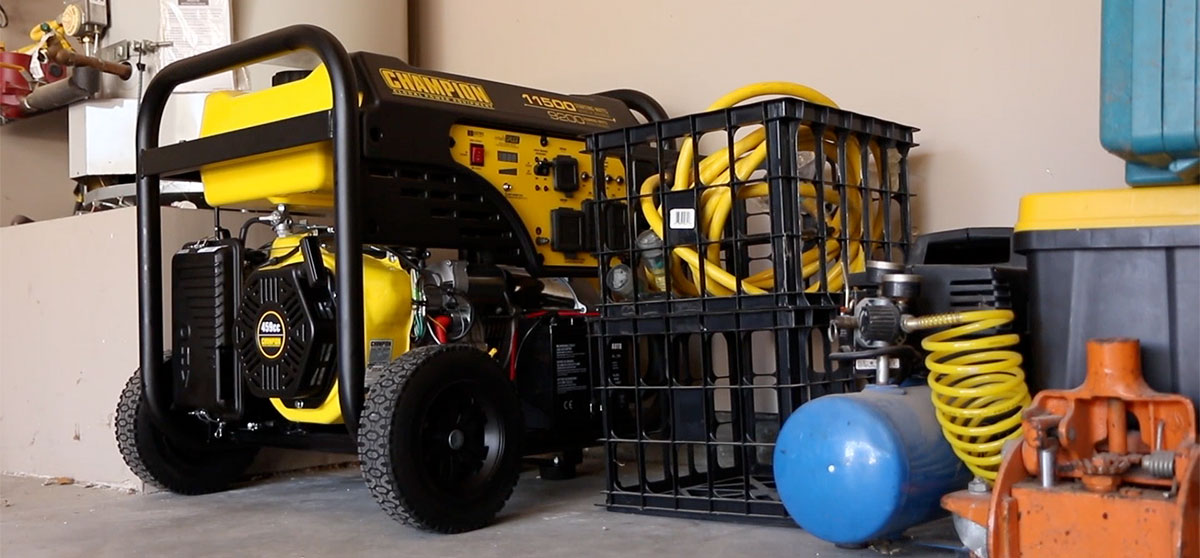Is Your Generator Ready for Hurricane Season?

When an unexpected hurricane or storm hits and the power goes out, it’s a pain, but, no worries. You’re one of those people who has planned ahead for emergencies by purchasing a generator. You can handle it. All you have to do is power up your generator to get the lights back on. Then it hits you. Your generator is still in storage.
Has this ever happened to you? Don’t let it. Get ahead of hurricane season now and make sure your generator is ready for action when the power goes out.
Checking and prepping your generator can be done anytime, since storm seasons can also occur at different times throughout the year depending on your location. It makes sense to know what steps to take so you can make sure you’re always prepared for the unexpected.
First, if your generator has been stored improperly with gasoline in the fuel tank or carburetor, all of the fuel must be drained and the carburetor must be cleaned before you can use your generator safely. If you didn’t realize there was a right way and a wrong way to store your generator during periods of unuse, check out our Help Center for more info on how to clean a gummed up carburetor. Then, the next time you are ready to store your generator, resist the urge to just put it away quickly because you have other things to do. Taking the time to store your generator properly will save you time and hassle when you need your generator the most – during an emergency.
If you did store your generator properly by draining the fuel tank and carburetor according to your owner’s manual, great! You have a much easier job ahead of you.
Here’s what to do:
https://youtu.be/z7GRxCUga-Q
- Take your generator out of storage and place it outside.
- The first thing you’ll need to do is add fresh, regular octane fuel. Make sure you don’t overfill the tank so you can allow for fuel expansion.
- Next, you’re going to want to check for fuel leaks. Make sure your engine switch is off, then, turn your fuel valve on. Wait five minutes and then check the carburetor and air filter areas for leaks. If you do happen to discover a leak, you’ll need to disassemble your carburetor and clean it or replace it.
- If you don’t find any leaks, you can go ahead and turn your fuel valve to off, use a dipstick to check the oil level and add fresh oil if necessary.
- Next, take a look at your air filter and make sure there are no obstructions like bugs or cobwebs. Remove any obstructions you find and clean and replace the air filter according to your owner’s manual.
That’s it!
Fresh fuel, no leaks, fresh oil, clean air filter, and you’re good to go. With hurricanes and other storms brewing, you can rest easy knowing that if a storm hits, you won’t be stuck without power because you have taken the time to get your generator ready to provide backup you can count on during an emergency.